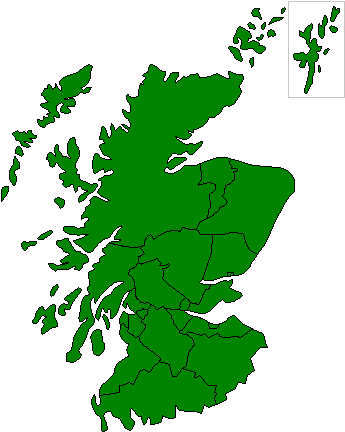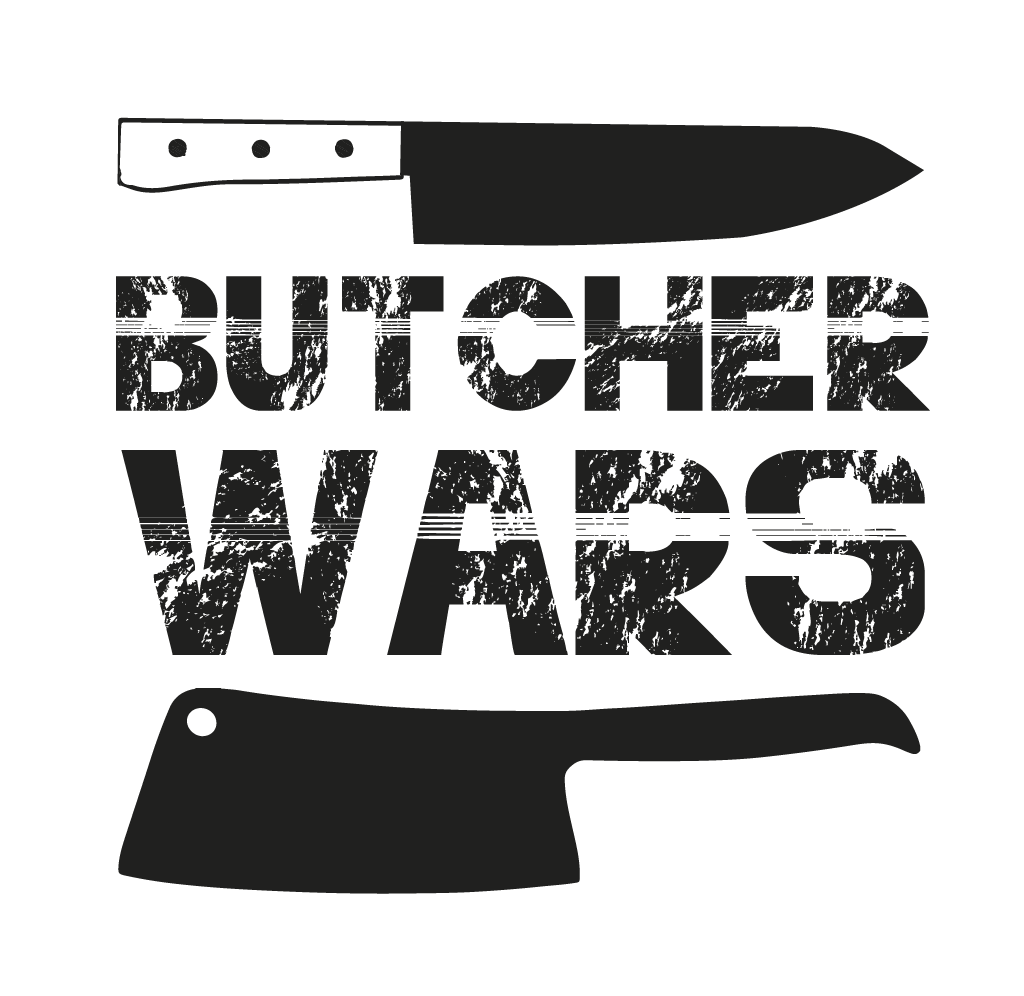SCOTTISH LIVESTOCK STAKEHOLDERS MAP OUT CAP PRIORITIES
Tuesday, 6th Aug 2013Joint statement on behalf of the Scottish Association of Meat Wholesalers (SAMW), the Scottish Federation of Meat Traders Association (SFMTA), the Scottish Beef Association and NFU Scotland
A number of key Scottish stakeholders have mapped out the priorities that they believe should underpin the delivery of support to Scotland’s livestock sector in the future.
In a joint statement sent in August 2013 to Scotland’s Cabinet Secretary for Rural Affairs, Richard Lochhead, the Scottish Association of Meat Wholesalers (SAMW), the Scottish Federation of Meat Traders Association (SFMTA), the Scottish Beef Association and NFU Scotland, outlined five priorities to underpin production in Scotland.
In its covering letter, the group recognised that the Cabinet Secretary and his staff are at a
crucial stage in considering the implementation of the new CAP reform package in Scotland.
With the basic framework now agreed in Europe, Scotland must now decide how to use the available tools to best support its important livestock sector.
Following a recent stakeholder meeting, the group agreed a joint position on a basic outline for Scottish implementation that would be supported by industry.
The following statement was sent to the Cabinet Secretary for his consideration. The support of active farming and closing out the option of ‘slipper farming’ must be a key part
of Scotland’s CAP delivery. The introduction of a minimum stocking rate will be a significant barrier to the misuse of public money however it must be part of a payment regime which
recognises the diverse intensity of hill production. This might be through the use of a co-efficient and/or coupled payments and/or Areas of Natural Constraint (ANC) Pillar 1 payments to ensure real sustainable livestock systems are supported at an appropriate level.
Targeting support to active farm/croft management must be a fundamental requirement of the reformed CAP. Any area-based payment must deliver outcomes and underpin food production.
�
Inactivity in the present economic climate is an issue only in the grazing areas and therefore a minimum stocking rate should be applied as a gateway for support.
Both new entrants and many developing businesses have been excluded from Scotland’s historic support system.
It is now a priority that they are brought into the area payment as a matter of urgency within year one of the reform.
� � �
Many established active businesses would lose direct support under the transition to an area-based system. Both beef and dairy systems are likely to be exposed to significant
change. To maintain a level of stability within the rural economy and to support continued output; a phased approach should be adopted. A partial transition model or the Irish approximation model should be developed further.
We recognise coupled support is an important targeting device. The European Commission has opened the door to 8% of the Scottish or UK budget to be utilised as coupled support for sectors that are likely to be vulnerable under an area-based system. Coupled support is likely to be a vital tool in underpinning production within vulnerable sectors and will be pivotal in ensuring Scotland’s limited Pillar 1 budget is used efficiently.
This will benefit all sectors. The group supports the Scottish Government’s efforts to optimise this coupled support option and commits to working together to develop delivery through an enhanced beef scheme and perhaps through other vehicles recognising that hill and island ewes may suffer with the introduction of area support.
�
Coupled support will be crucial not only for Scottish agriculture but
will be important in maintaining communities, downstream meat processing, the
rural economy, local employment and exports.
Budget pressure in both Pillar 1 and Pillar 2 creates a real challenge for both industry and government.
It is vital that the direct pillar one farm support budget is maintained in this tough economic environment as the basis of production and the delivery of public benefit.
Clearly, in these circumstances, maintaining match funding levels within Pillar 2 will be crucial if Scotland Rural Development Programme (SRDP) targets are to be achieved.�
Continuing Less Favoured Areas (LFA) support at the present level is paramount if sustainable production, communities and landscape are to be maintained.
Channelling rural development funds through farm businesses is the most effective use of the
budget to achieve priority SRDP outcomes, with particular emphasis on carbon efficiency, sustainable livestock production and a flourishing agri-environment.
views: 2,303
_5579.png)









_2082_1403.jpg)

